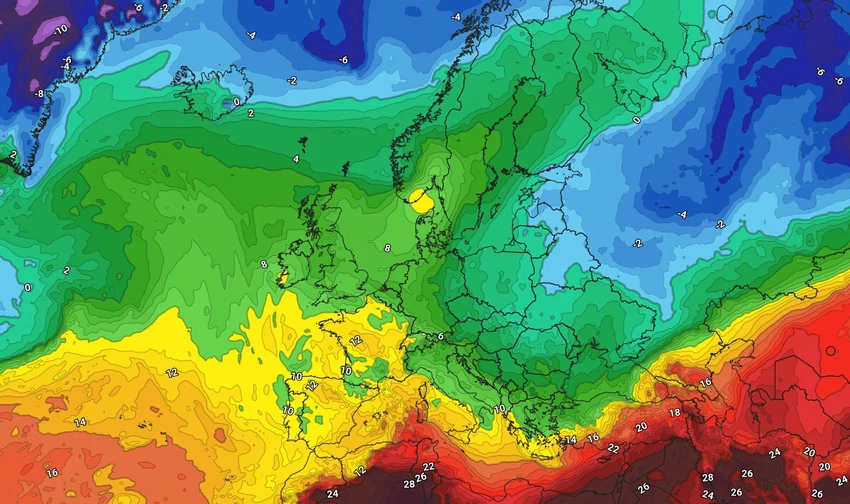The conflict between cold and warm air masses portends a lot of weather and temperature fluctuations during the coming period.. How is that?
Weather of Arabia - The autumn transitional period is characterized by a lot of weather and thermal fluctuations that are clear and tangible in two close time periods, and it is possible to delve into the details of the reins in more in order to explain the reason for the large number of weather fluctuations in this period.
Beginning with the advent of autumn, the focus of the sun’s rays tends to the south and the intensity of solar heating on the Arabian Peninsula gradually decreases, and thus the seasonal low temperature begins to fill (atmospheric pressure rises in its centers), similar to the slow fading of the low temperature and the survival of hot air masses present, but with less intensity than before The Red Sea depression begins to expand, accompanied by warmer and hotter air currents.

The low expansion of the Red Sea and the presence of the remnants of hot air masses in the Arabian Peninsula coincide with the beginning of the change in the air systems in the European continent, where cold air masses begin to flow towards the eastern parts of them, losing a large part of their coldness upon reaching the Mediterranean water, thus affecting the countries of the eastern basin in the form of blocks The temperature is mostly moderate, and this depends on the coldness of the air mass coming towards the water, so it cannot be certain that it will always be moderate.
Here begins the conflict between the air masses coming from the eastern European continent and those coming from the Arabian Peninsula or the Red Sea, and thus the temperature fluctuations increase remarkably and the chances of catching seasonal diseases such as colds and seasonal flu rise.
This and God knows
Arabia Weather App
Download the app to receive weather notifications and more..



